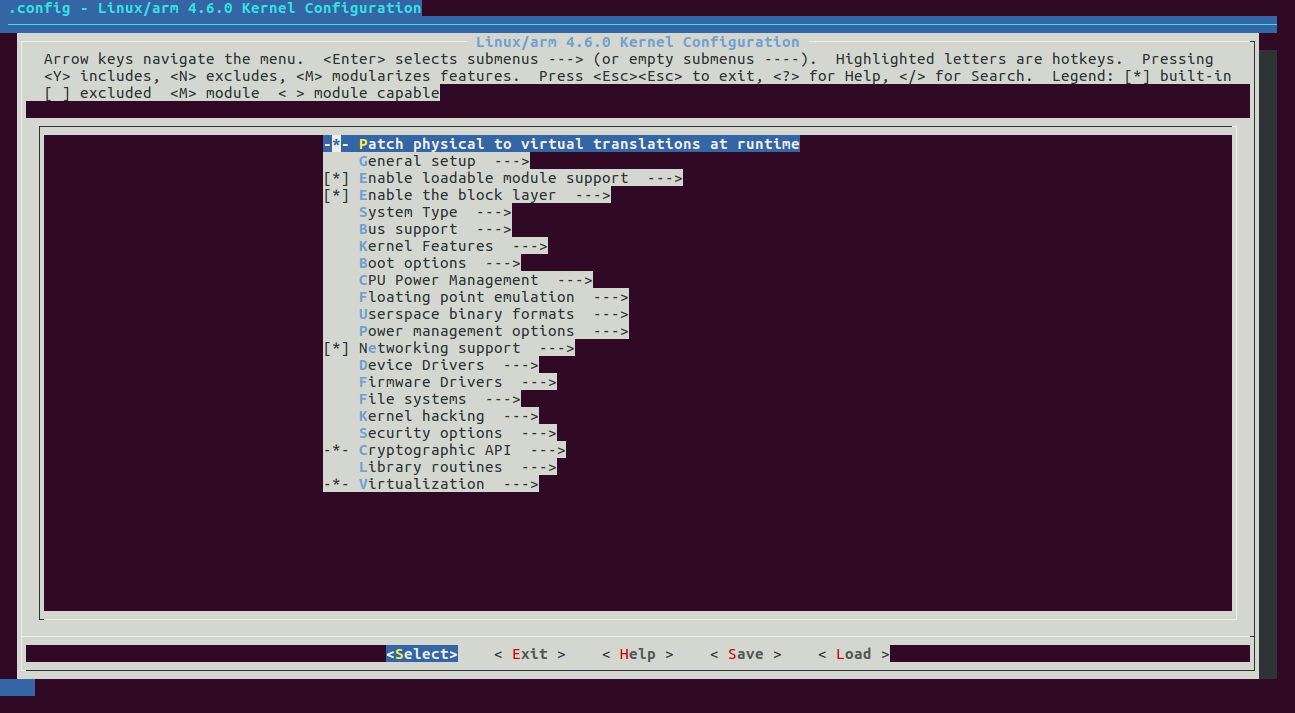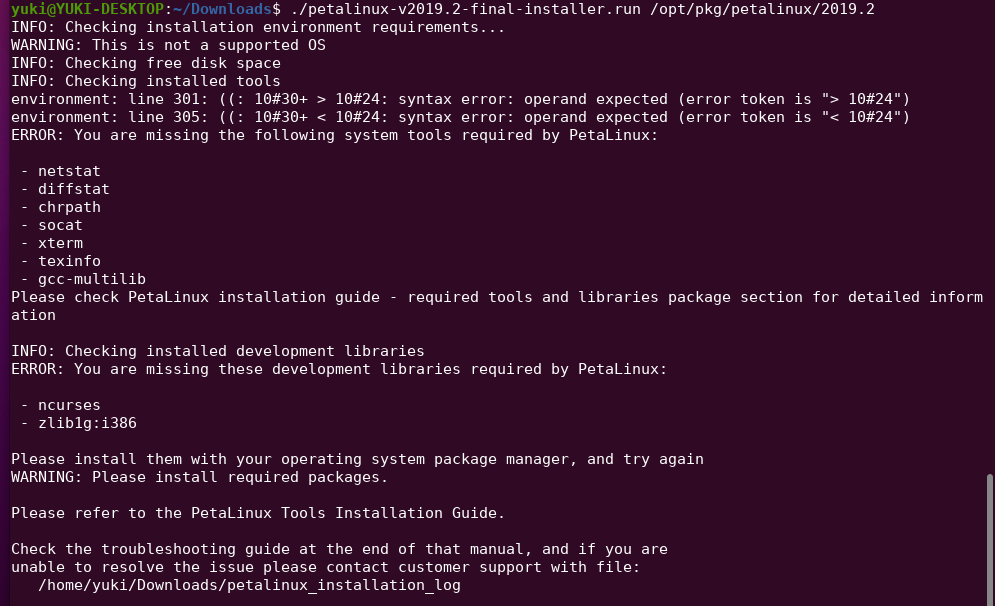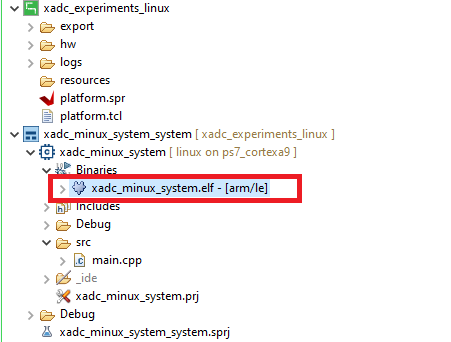
- #LINUX BOOT.ELF BINARY WHICH IS CREATED BY PETALINUX HOW TO#
- #LINUX BOOT.ELF BINARY WHICH IS CREATED BY PETALINUX CODE#
To file /project-spec/meta-user/recipes-bsp/u-boot/files/platform-top.h, and the latter all "mmcinfo" modify "mmc dev $ sdbootdev ", a total of 5 CompileĮach of the two systems compile, image.ub: petalinux-build Subsystem AUTO Hardware Settings -> SD/SDIO Settings -> Primary SD/SDIOįor systems from eMMC boot, even chose the Primary SD / SDIO (psu_sd_1), still can not fully start, it seems that this is a bug PetaLinux tool, you need from the file / project-spec / meta-plnx -generated / recipes-bsp / u-boot / configs / platform-auto.h, the replication environment parameter defines part of U-boot: define CONFIG_EXTRA_ENV_SETTINGS Two systems are arranged: petalinux-config The hardware description file into PetaLinux project configuration. PetaLinux built hardware but also to meet the requirements, such as TTC0 equipment. Of course, the addition of Ethernet and other equipment is a good idea. In order to access the SD card ZYNQ assay plate and the eMMC, SD0 and SD1 need to select the device build hardware description file, needs additional chip enable detection port (CD) and is connected to the EMIO, which is a logical 0. Need to prepare two versions of system files PetaLinux 2018.3 BOOT.BIN and image.ub: one for booting from SD card, SD card placed in the root directory one for the eMMC boot system, on the image SD card directory. gzip, bzip2, lzo) or uncompressed.ZYNQ breadboard with SD card (SD0) and eMMC chip (SD1 of), the system boot program from the SD card, the image file to be loaded eMMC, and ultimately from the QSPI eMMC and guidance systems. identified/verified with the iminfo command,.The advantages of using a wrapper and bootm over go is that the downloaded image (a uImage file) can be: See Creating a bare metal boot image, but don't expect different results from a go command. Instead of the ambiguous go command, the mkimage wrapper does provide for the standalone image-type for use with the bootm command. Use an in-circuit emulator (ICE) or JTAG debugger to resolve problems with your code, especially when your program does not use the existing stack.
#LINUX BOOT.ELF BINARY WHICH IS CREATED BY PETALINUX CODE#
a branch instruction to the specified memory location), and places no restrictions or requirements whatsoever on that code (other than what is sensible for operation of the system). The go command merely transfers control (i.e. If you cannot get your standalone program to work with the go command, then the problem lies with your program, and not the go command. There is nothing in U-Boot to detect or restrict the behavior of a standalone program. Note that the use of the U-Boot environment is optional.Ī standalone program is not required to use the U-Boot environment, especially if there is no intention of returning back to U-Boot. * well) you can continue to work in U-Boot after return from * provided by U-Boot it is expected that (if they behave


U-Boot describes its "standalone" as * "Standalone Programs" are directly runnable in the environment When I use the term standalone program, I'm referring to the generic definition (aka bare-metal), and not the U-Boot-specific definition related to its examples/ directory.įWIW I have used the go command for both kinds of "standalone" programs. taking control of the processor and initializing its C environment. If you have issues executing your binary when using the go command, then the problem lies with your program, e.g. Use U-Boot's go command to execute any kind of simple, standalone program.

a buffer containing the command line parameters) by specifying the characteristics of the binary. The bootm command is designed specifically for the booting requirements of OSes such as the Linux kernel (e.g. There is no "kernel format" that's why U-Boot uses the mkimage wrapper to identify binaries. You're misinformed, there is no requirement that you have to " use U-Boot service functions".īuild your standalone program independently of U-Boot, and it will execute completely independent of U-Boot.īut I can't boot using bootm or any other boot commands provided by U-Boot as my binary is not in kernel format. Here problem is when I use go command my program has to use U-Boot service functions(I mean standalone binaries will run in U-Boot environment). (The abbreviated tftp command has been deprecated now that there's also a tftpput command.)

Use U-Boot's tftpboot and go commands to execute any kind of standalone program. I should load my binary from LAN network using "tftp" command. How can we boot independent bare board binary(not standalone binary which runs using U-Boot environment and not linux kernel) from U-Boot. Use U-Boot's go command to execute any kind of standalone program.
#LINUX BOOT.ELF BINARY WHICH IS CREATED BY PETALINUX HOW TO#
How to boot bare board binary from U-Boot?


 0 kommentar(er)
0 kommentar(er)
